Construction Technology 6 – Hydraulics 2: Water Supply Design
VerifiedAdded on 2023/01/17
|8
|979
|32
Practical Assignment
AI Summary
This assignment focuses on the design of water supply and drainage systems for a proposed office development in Maitland, NSW. It begins by determining water storage requirements based on occupancy and floor area, calculating daily water consumption, and specifying the use of underground and roof storage tanks. The solution includes detailed calculations for pipe sizing, considering flow rates, loading units, and pressure set capacity. The assignment also addresses roof drainage, utilizing the Simplified Rational Method to determine flow rates and downpipe requirements. Furthermore, it covers sanitary plumbing and drainage, detailing discharge units, branch pipe determination, and the sizing of drainage stack pipes. The solution provided includes a single-line diagram and calculations for an on-site detention (OSD) system, determining its capacity based on rainfall intensity and allowable runoff. The assignment adheres to relevant standards and codes, including AS 3500, and provides a comprehensive overview of hydraulic services design for the office building.
1 out of 8
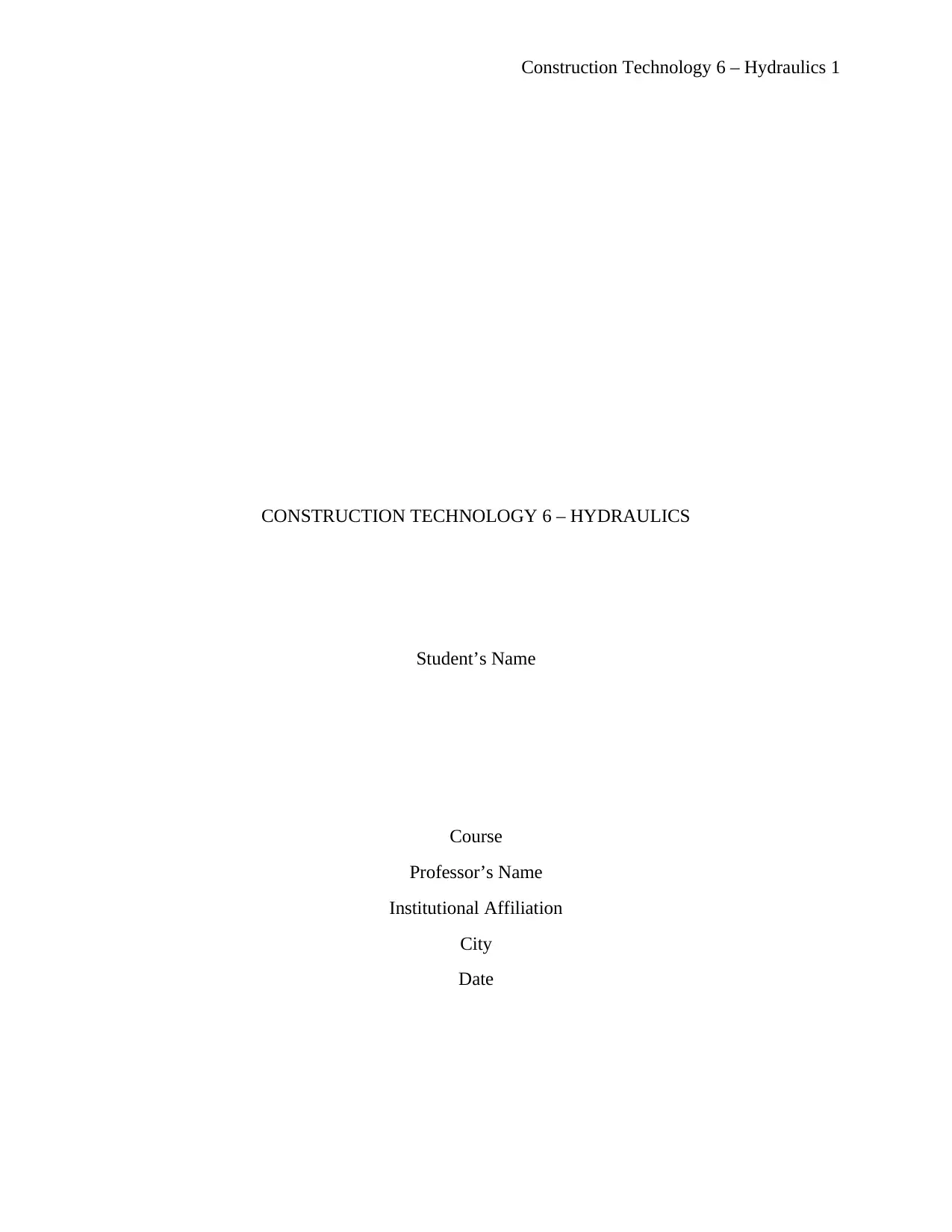
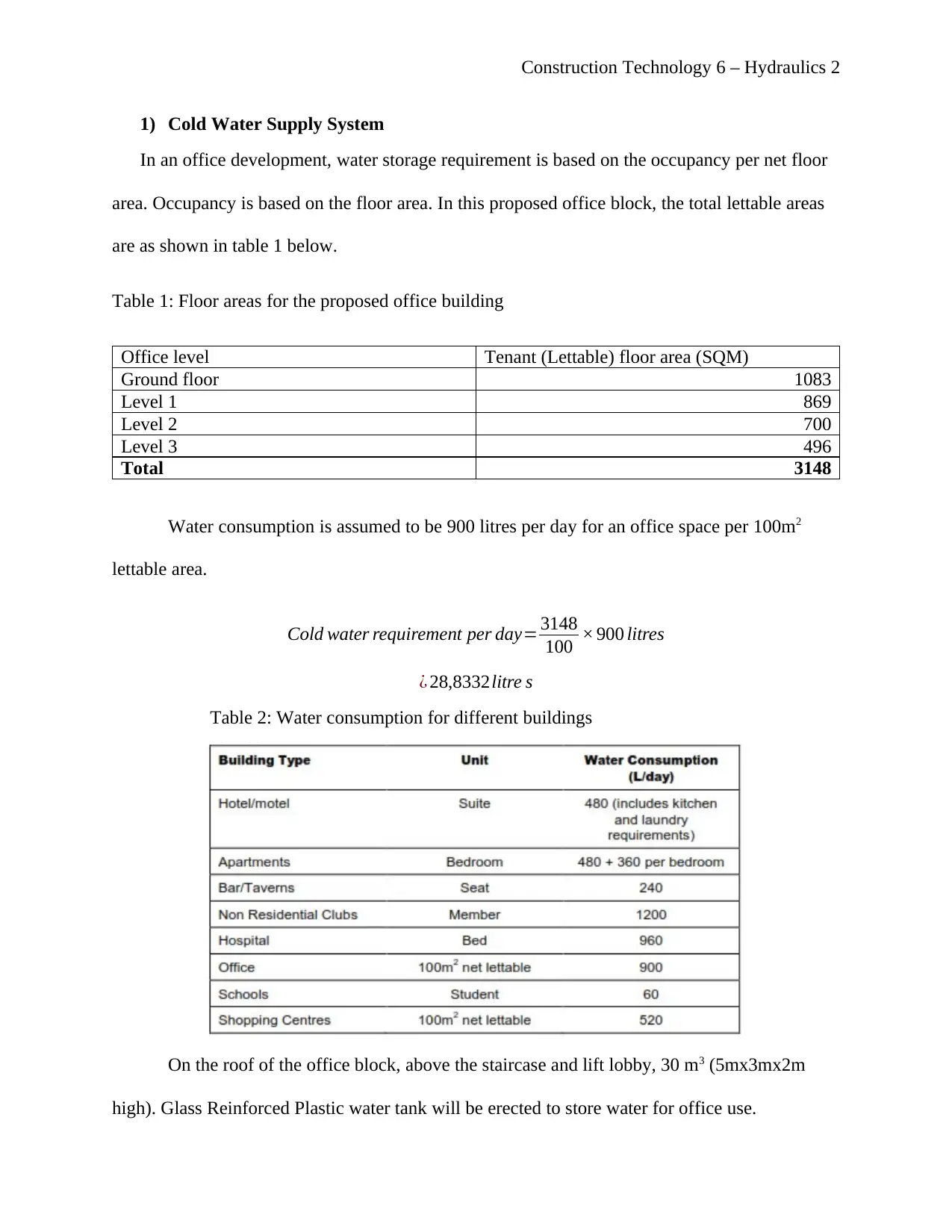
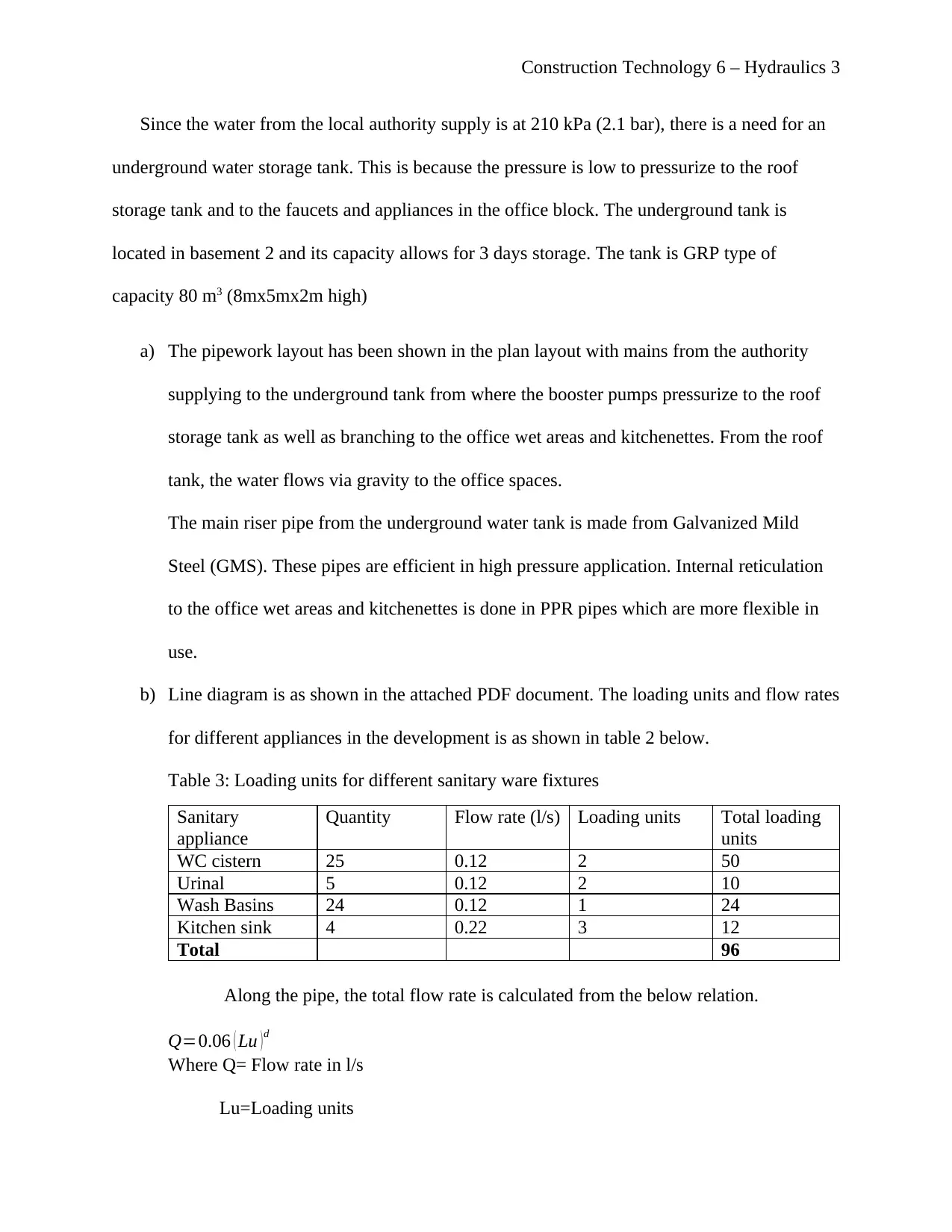

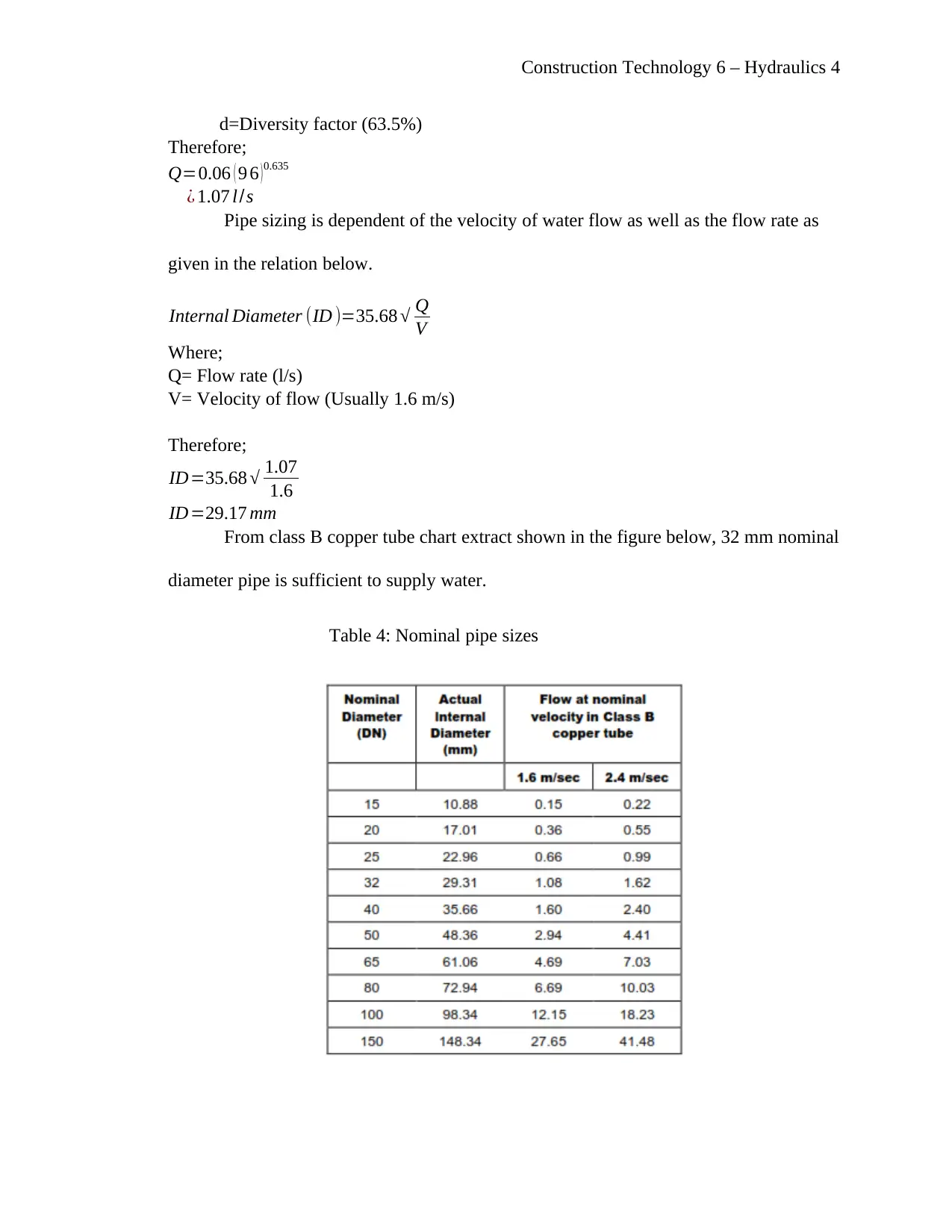
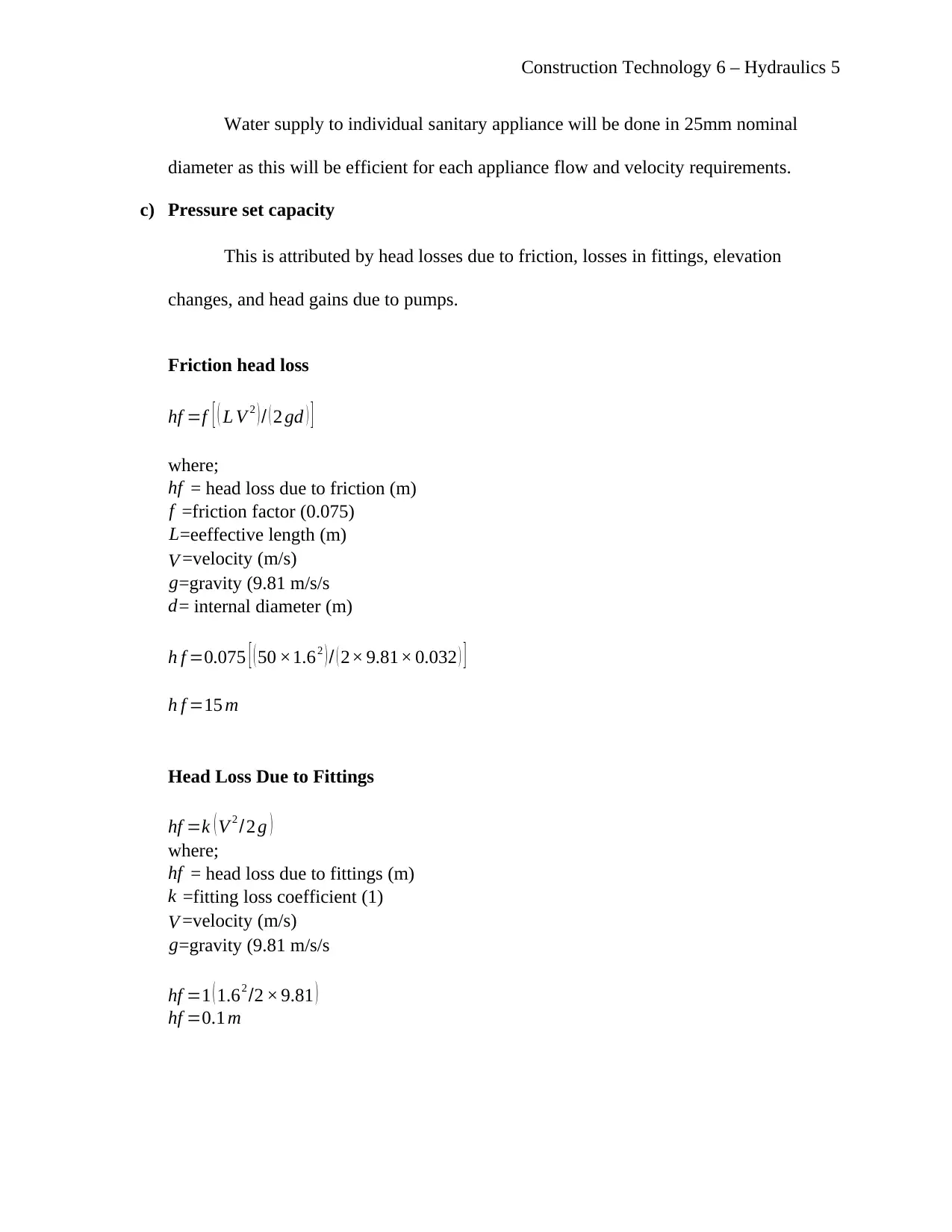
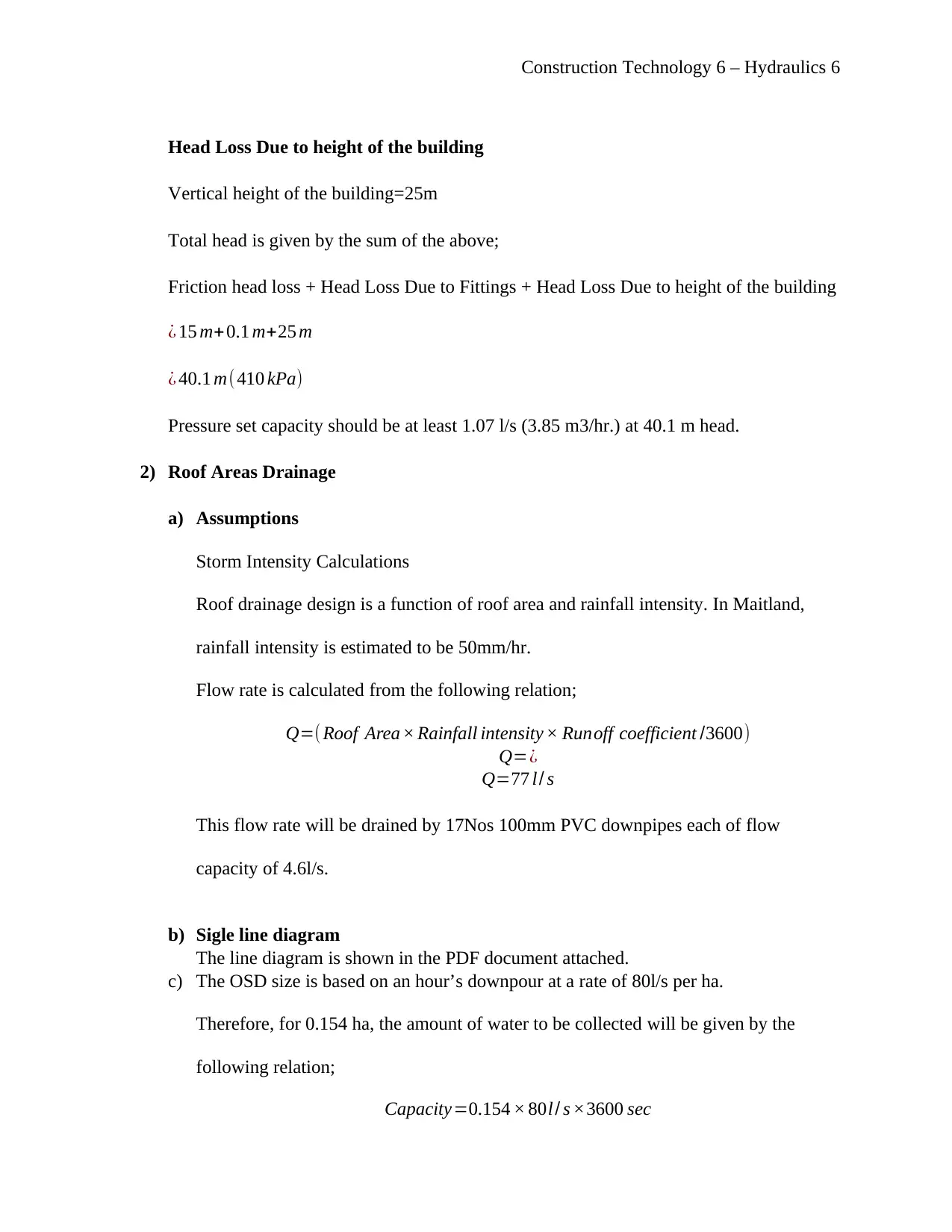
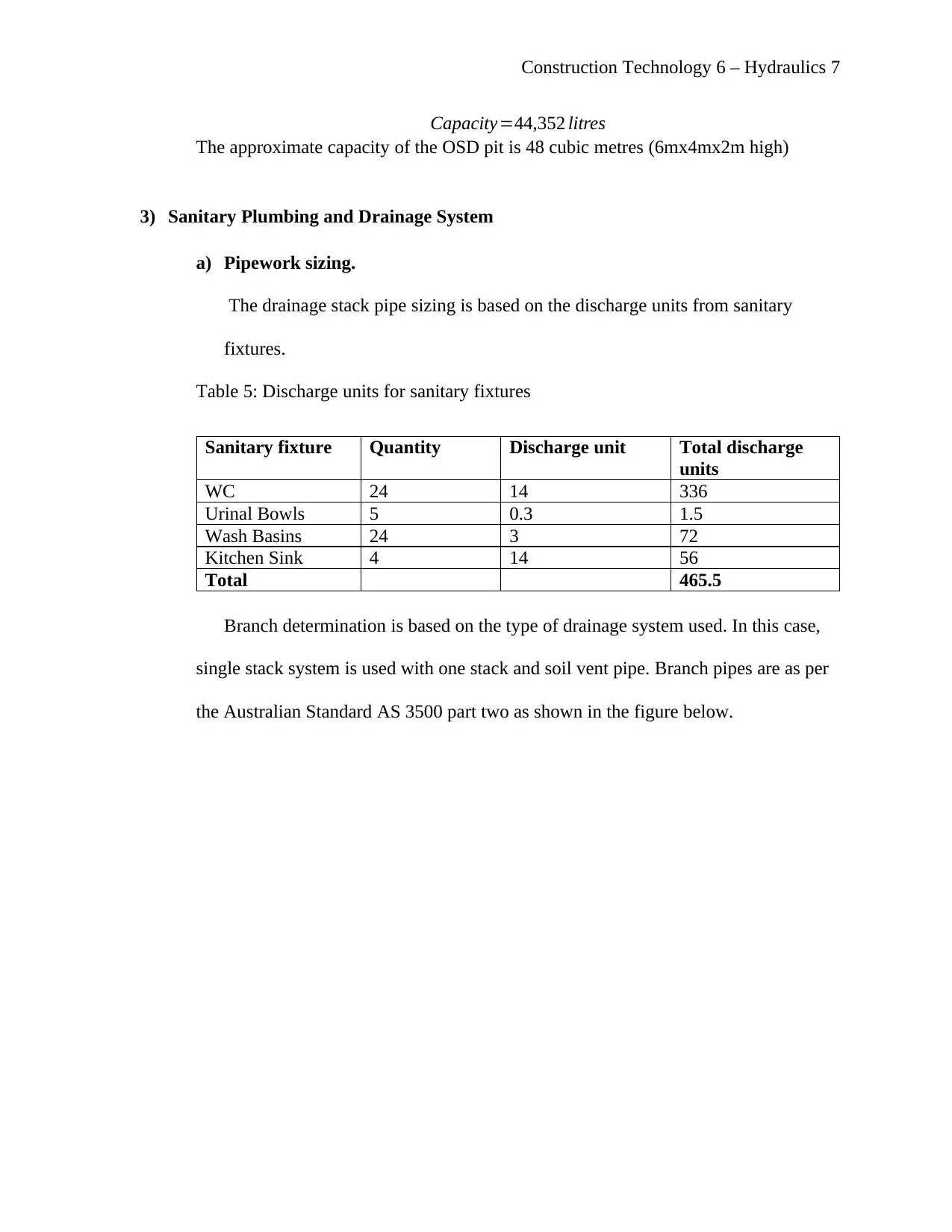
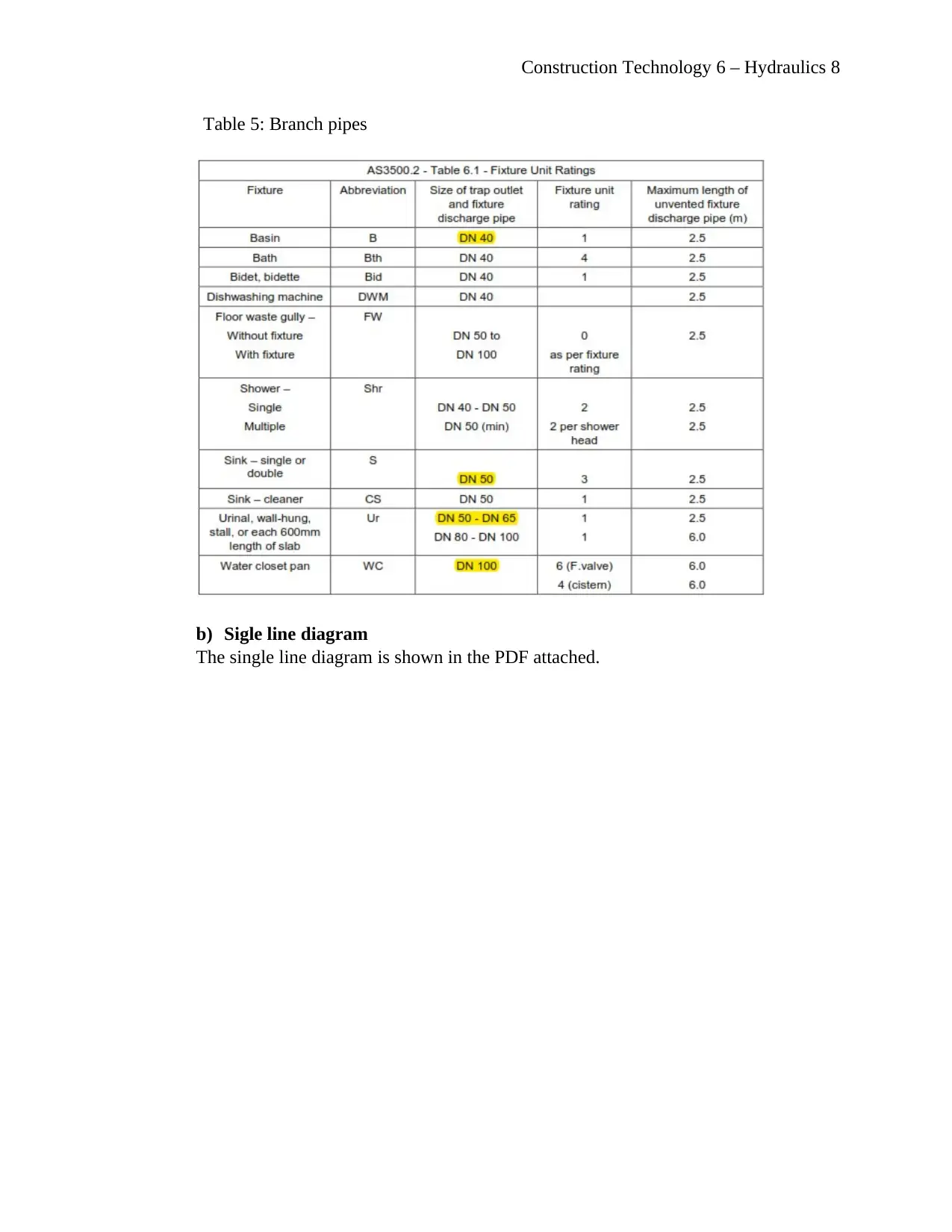



![[object Object]](/_next/static/media/star-bottom.7253800d.svg)